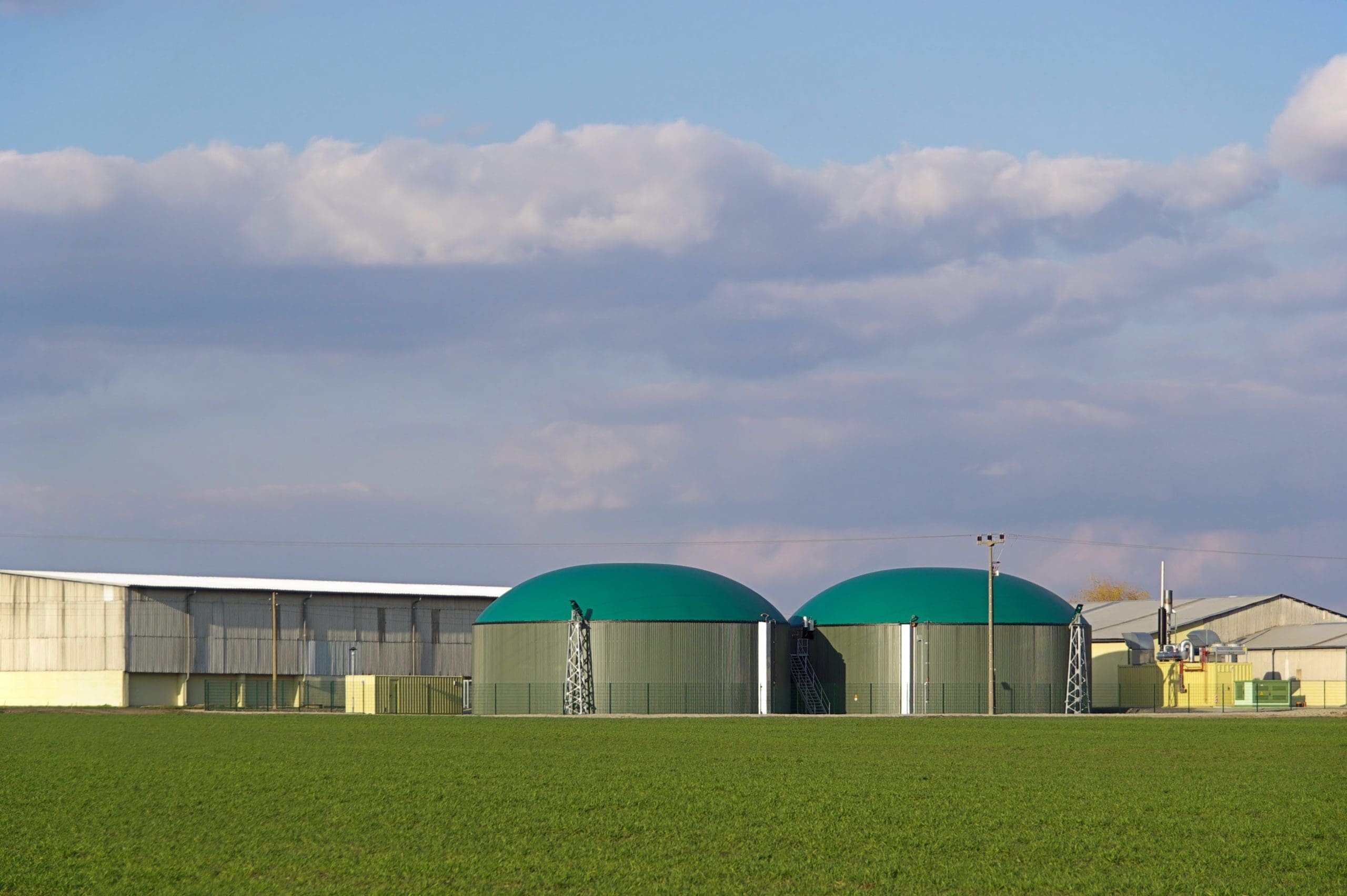Biogas is Not The Answer to Pollution From Factory Farms
This past Saturday advocates and community members from Eastern North Carolina and beyond gathered to learn more about biogas, which is being touted by the industrial agriculture industry as a smart solution to the horrific problem of excess waste from factory farms. Biogas processes manure and harnesses the methane, a potent greenhouse gas emitted from animal waste, and sells it as an energy source. While this might sound like a smart and “clean” solution on its face, it is instead just another way for corporate agriculture to profit off of a terrible system.
In our recent FoodPrint of Pork Report we shared some of the horrors that community members near hog farms live with, all because of the problems caused by the massive quantities of fecal waste produced by the animals. We also explain how these systems are cruel to the animals, and untenable for the contract farmers. Biogas addresses none of these problems.
As a recent Guardian piece explains, “Instead of implementing safer waste systems – Smithfield Foods is pushing to use the hog waste lagoons to collect, transport and sell the methane gas they produce.” This unholy marriage of Big Pork and Big Energy will only help these companies, allowing them to profit from their manure mismanagement rather than clean-up their act. It will also add new problems to old problems for Eastern North Carolina and other communities near CAFOs, since the fast-tracking of methane digesters to produce biogas is happening in several places around the country.
So, along with the North Carolina Environmental Justice Network, we convened a panel of experts, most featured in the above Guardian article, to explain why biogas is a false solution, and offer ways that we can support Eastern North Carolina community members in their fight against Big Pork. We had a lively panel presentation and a very engaged and informative Q and A that you can see in the recording of the event here.
What You Can Do:
- Watch the webinar.
- Join a (virtual) public biogas hearing with The Department of Environmental Quality Division of Water Resources (DWR) on January 26th at 6 pm.
- Read about environmental racism and how it’s part of the pork industry’s racist playbook.
- Read our full FoodPrint of Pork report as well as the supplement, Communities Organizing Against Big Pork.
- Connect with the North Carolina Environmental Justice Network to learn more about assisting community members in their fight against biogas.
Top photo by Emily Sutton, Haw Riverkeeper, Waterkeeper Alliance, Inc.
More Reading
Lowering wine’s carbon footprint starts with the bottle
November 14, 2023
What does a resurgence in bird flu mean for the Thanksgiving turkey?
November 9, 2023
The true cost of a restaurant meal
October 27, 2023
The biodiversity crisis is about more than genetics
October 24, 2023
Do you know where your coffee comes from?
October 10, 2023
'No Meat Required,' less meat critical
September 26, 2023
PFAS disclosures from the Department of Defense cause fear and uncertainty for farmers
September 20, 2023
When it comes to sustainable spices, 'single-origin' isn’t everything
September 8, 2023
The Movement to Revive Local Grains — and the Infrastructure Required to Keep It Going
June 12, 2023
Chris Jones, Author of “The Swine Republic,” on What (and Who) Is Behind Iowa's Water Problems
May 24, 2023

